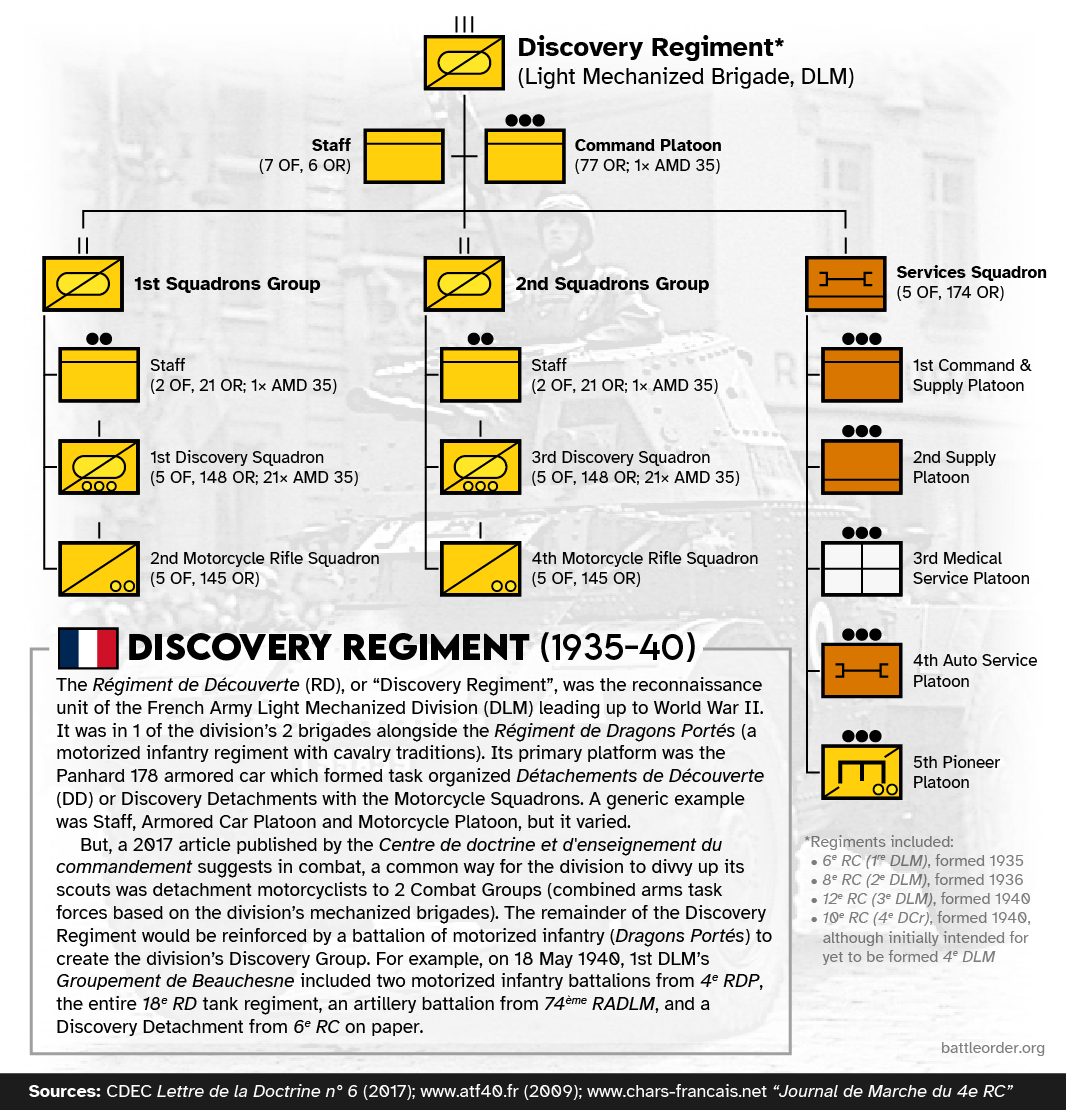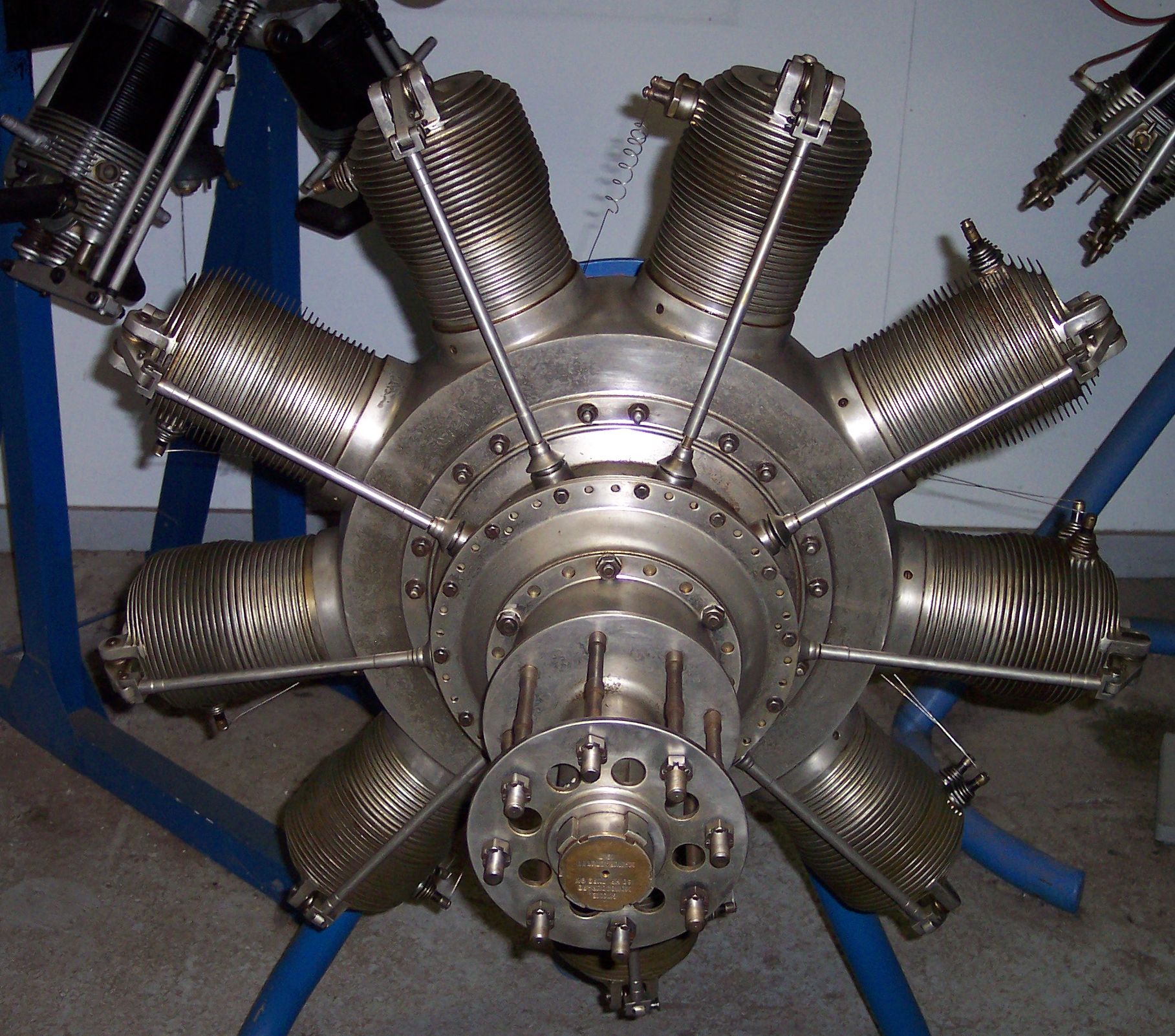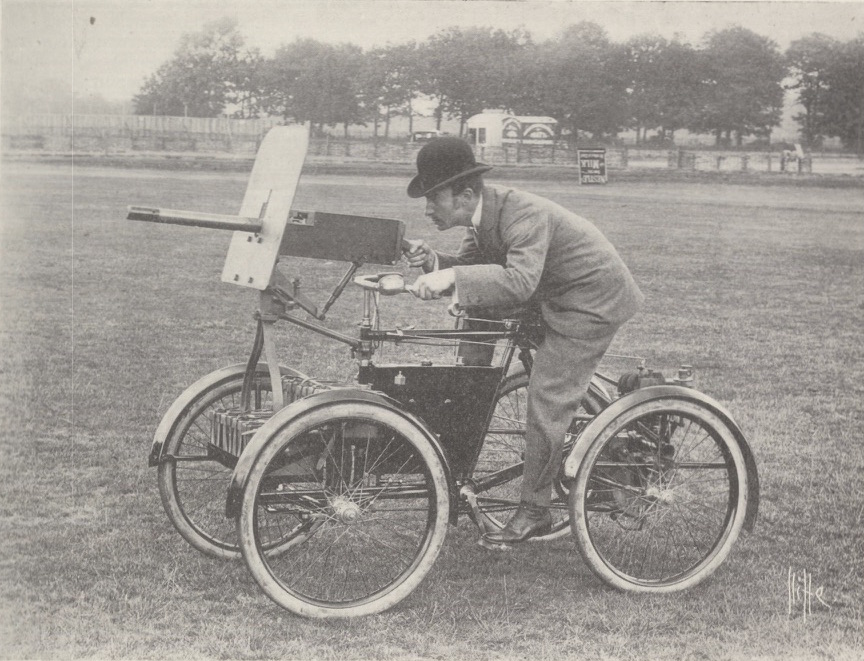|
12th Cuirassier Regiment (France)
The 12th Cuirassier Regiment () is an armoured cavalry (tank) regiment of the French Army. It provides the armoured component of the 2nd Armoured Brigade. Currently stationed at Quartier Valmy, Olivet, Loiret, France. Formation to the First World War The Dauphin's Regiment of Cavalry ''( Régiment du Dauphin Cavalerie)'' was established in 1688 under the Ancien Régime. It fought in the Revolutionary Wars. During the Napoleonic Wars, the regiment took part in most of the major battles, including Austerlitz (1805), Jena (1806), Friedland (1807), Wagram (1809), Borodino (1812), Leipzig (1813) and Waterloo (1815). During the post-revolution reorganisations of the army, it was redesignated as the 12th Regiment of Cavalry ''(12éme Régiment de Cavalerie)''. It saw service in Germany, Italy, and later for a short time in Belgium. The writer Louis-Ferdinand Céline volunteered for this regiment in 1912. First World War : Rambouillet. Turned into the Interwar Period Bec ... [...More Info...] [...Related Items...] OR: [Wikipedia] [Google] [Baidu] |
Cavalry
Historically, cavalry (from the French word ''cavalerie'', itself derived from ''cheval'' meaning "horse") are groups of soldiers or warriors who Horses in warfare, fight mounted on horseback. Until the 20th century, cavalry were the most mobile of the combat arms, operating as light cavalry in the roles of reconnaissance, Screening (tactical), screening, and skirmisher, skirmishing, or as heavy cavalry for decisive economy of force and shock attacks. An individual soldier in the cavalry is known by a number of designations depending on era and tactics, such as a cavalryman, Equestrianism, horseman, trooper (rank), trooper, cataphract, knight, Drabant Corps of Charles XII, drabant, hussar, uhlan, mamluk, cuirassier, lancer, dragoon, samurai or horse archer. The designation of ''cavalry'' was not usually given to any Military animal, military forces that used other animals or platforms for mounts, such as chariots, Camel cavalry, camels or War elephant, elephants. Infantry who m ... [...More Info...] [...Related Items...] OR: [Wikipedia] [Google] [Baidu] |
Louis-Ferdinand Céline
Louis Ferdinand Auguste Destouches (27 May 1894 – 1 July 1961), better known by the pen name Louis-Ferdinand Céline ( ; ), was a French novelist, polemicist, and physician. His first novel '' Journey to the End of the Night'' (1932) won the ''Prix Renaudot'' but divided critics due to the author's pessimistic depiction of the human condition and his writing style based on working-class speech. In subsequent novels such as '' Death on the Installment Plan'' (1936), '' Guignol's Band'' (1944) and '' Castle to Castle'' (1957), Céline further developed an innovative and distinctive literary style. Maurice Nadeau wrote: "What Joyce did for the English language...what the surrealists attempted to do for the French language, Céline achieved effortlessly and on a vast scale." From 1937 Céline wrote a series of antisemitic polemical works in which he advocated a military alliance with Nazi Germany. He continued to publicly espouse antisemitic views during the German occupation of ... [...More Info...] [...Related Items...] OR: [Wikipedia] [Google] [Baidu] |
Niort
Niort (; Poitevin: ''Niàu''; ; ) is a commune in the Deux-Sèvres department, western France. It is the prefecture of Deux-Sèvres. The population of Niort is 58,707 (2017) and more than 177,000 people live in the urban area. Geography The town is located on the river Sèvre Niortaise and is a centre of angelica cultivation in France. Near Niort at Maisonnay there is one of the tallest radio masts in France (height: 330 metres). Transport Niort has a railway station on the TGV route between Paris and La Rochelle, Gare de Niort. Direct TGV to Paris Montparnasse station takes 2 hours and 15 minutes. Niort is a road and motorway junction, connected to Paris and Bordeaux by the A10 motorway, with Nantes by the A83, and with La Rochelle by the N11. It is the largest French city to offer free mass transit. Population The population data in the table and graph below refer to the commune of Niort proper, in its geography at the given years. The commune of Niort absorbe ... [...More Info...] [...Related Items...] OR: [Wikipedia] [Google] [Baidu] |
Loiret
Loiret (; ) is a department in the Centre-Val de Loire region of north-central France. It takes its name from the river Loiret, which is contained wholly within the department. In 2019, Loiret had a population of 680,434.Populations légales 2019: 45 Loiret INSEE Its is , which is about southwest of Paris. As well as being the regional prefecture, it is a historic city on the banks of the Loire. It has a large central area with many historic buildings and mansions. [...More Info...] [...Related Items...] OR: [Wikipedia] [Google] [Baidu] |
6th-12th Cuirassier Regiment
The 6th-12th Cuirassier Regiment () was an armoured cavalry (tank) regiment of the French Army. It was the armoured component of the 2nd Armoured Brigade. History The Chief of Staff of the French Army decided on 1 September 1990 to create a new experimental armoured regiment of 80 tanks with two squadron groups (Groupes d’Escadrons, GE). Each group would consist of three combat squadrons and one command and logistics squadron. The 6e-12e RC was formed in 1994 by merging the 6th Cuirassiers Regiment (Roi Cavalerie) and the 12th Cuirassiers Regiment (Dauphin Cavalerie). It retained this unified structure after the 2nd Armoured Division downsized to a brigade-level command. It participated in overseas operations in Kosovo, Côte d'Ivoire, Senegal, Chad, and Lebanon Lebanon, officially the Republic of Lebanon, is a country in the Levant region of West Asia. Situated at the crossroads of the Mediterranean Basin and the Arabian Peninsula, it is bordered by Syria to th ... [...More Info...] [...Related Items...] OR: [Wikipedia] [Google] [Baidu] |
6th Cuirassier Regiment (France)
The 6th Cuirassier Regiment () was an ancient French cavalry regiment. It has since merged with the 12th Cuirassier Regiment (France), 12th Cuirassier Regiment to form the 6th-12th Cuirassier Regiment. The French Royal Army 1635: A regiment is raised by Cardinal Richelieu under the name of Régiment de Dragons du Cardinal (the Cardinal's Dragoon Regiment) 1641: On the death of cardinal Richelieu, the Régiment de Dragons du Cardinal passed to the king and was renamed the Régiment de Fusiliers à Cheval du Roi (The King's Regiment of Mounted Fusiliers) 1646: The Régiment de Fusiliers à Cheval du Roi was renamed the Régiment du Roi – Cavalerie or, in English, King's Regiment (Cavalry) Cav du Roi 1757.png, Uniform of the Cavalerie du Roi in 1757. File:Cav du Roi 1739-57.png, Standard of the Cavalerie du Roi (1739–1757). The Revolutionary Wars In 1791 the Régiment du Roi – Cavalerie was renamed the 6e Régiment de Cavalerie (6th Cavalry Regiment). In 1800 it took pa ... [...More Info...] [...Related Items...] OR: [Wikipedia] [Google] [Baidu] |
Orange, Vaucluse
Orange (; Provençal dialect, Provençal: ''Aurenja'' or ''Aurenjo'' ) is a Communes of France, commune in the Vaucluse Departments of France, department in the Provence-Alpes-Côte d'Azur Regions of France, region in Southeastern France. It is about north of Avignon, on the departmental border with Gard, which follows the Rhône and also constitutes the regional border with Occitania (administrative region), Occitania. Orange is the second-most populated city in Vaucluse, after Avignon. Name The name itself derived from an earlier Proto-Celtic *''far-aws(y)o''-, which literally means 'in front of the ear' (cf. Old Irish ''ara'', ''arae''; Ancient Greek ''pareiaí'', ''parauai'' < *''par-ausiā''). This became the Gaulish ''ar-aus(i)o''- ('temple, cheek'). It is cognate with the name of other ancient settlements, including ''Arausa'', ''Arausia'', ''Arausona'' (Dalmatia) and the nearby ''Oraison'' (Alpes-de-Haute-Provence). The settlement ... [...More Info...] [...Related Items...] OR: [Wikipedia] [Google] [Baidu] |
Gnome Et Rhône
Gnome et Rhône was a major French aircraft engine manufacturer. Between 1914 and 1918 they produced 25,000 of their 9-cylinder Delta and Le Rhône 110 hp (81 kW) rotary designs, while another 75,000 were produced by various licensees. These engines powered the majority of aircraft in the first half of the war, both Allied designs as well as German examples produced by Motorenfabrik Oberursel. In the post-war era they started a new design series originally based on the Bristol Jupiter, but evolving into the excellent twin-row, 1,000 hp-class (750 kW) Gnome-Rhône 14K ''Mistral Major'' radial, which was likewise licensed and used around the world during World War II. They were a major supplier of engines to the German ''Luftwaffe'', producing both their own designs as well as German ones under licence. Their factories were the target of highly accurate bombing, knocking them out of the war. The company was nationalized as a part of Snecma in 1945, but the ... [...More Info...] [...Related Items...] OR: [Wikipedia] [Google] [Baidu] |
Armored Car (military)
A military armored (Commonwealth English, also spelled armoured) car is a wheeled armoured fighting vehicle, historically employed for reconnaissance, internal security, armed escort, and other subordinate battlefield tasks. With the gradual decline of mounted cavalry, armored cars were developed for carrying out duties formerly assigned to light cavalry. Following the invention of the tank, the armoured car remained popular due to its faster speed, comparatively simple maintenance and low production cost. It also found favor with several Colonial troops, colonial armies as a cheaper weapon for use in underdeveloped regions. During World War II, most armoured cars were engineered for reconnaissance and passive observation, while others were devoted to communications tasks. Some equipped with heavier armament could even substitute for tracked combat vehicles in favorable conditions—such as pursuit or flanking maneuvers during the North African campaign. Since World War II t ... [...More Info...] [...Related Items...] OR: [Wikipedia] [Google] [Baidu] |
Panhard P178
The Panhard 178 (officially designated as ''Automitrailleuse de Découverte Panhard modèle 1935'', 178 being the internal project number at Panhard) or "Pan-Pan" was an advanced French reconnaissance 4x4 armoured car that was designed for the French Army Cavalry units before World War II. It had a crew of four and was equipped with an effective 25 mm main armament and a 7.5 mm coaxial machine gun. In 1940, a number of these vehicles were taken over by the Germans after the Fall of France and employed as the ''Panzerspähwagen P204 (f)''; for some months after the June armistice, production continued for the benefit of Germany. After the war ,a derived version, the Panhard 178B, was again taken into production by France. Development In December 1931, the French Cavalry conceived a plan for the future production of armoured fighting vehicles. One of the classes foreseen was that of an ''Automitrailleuse de Découverte'' or AMD, a specialised long range reconnaissance v ... [...More Info...] [...Related Items...] OR: [Wikipedia] [Google] [Baidu] |





